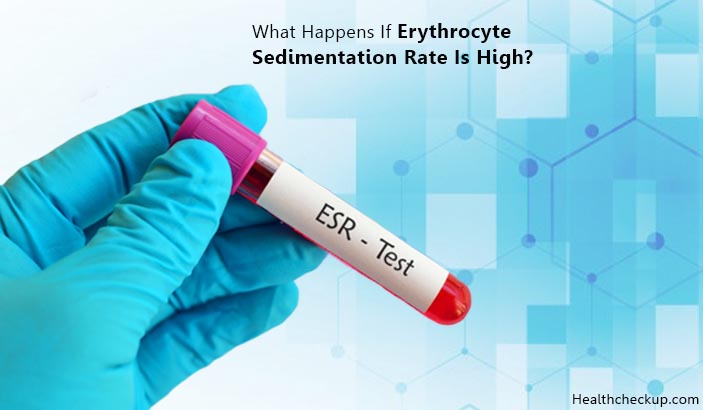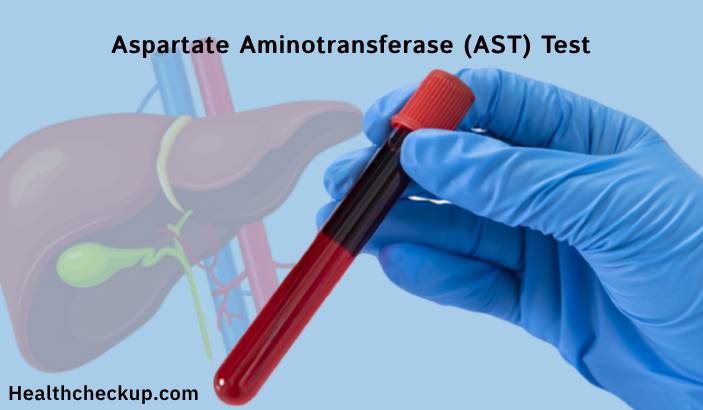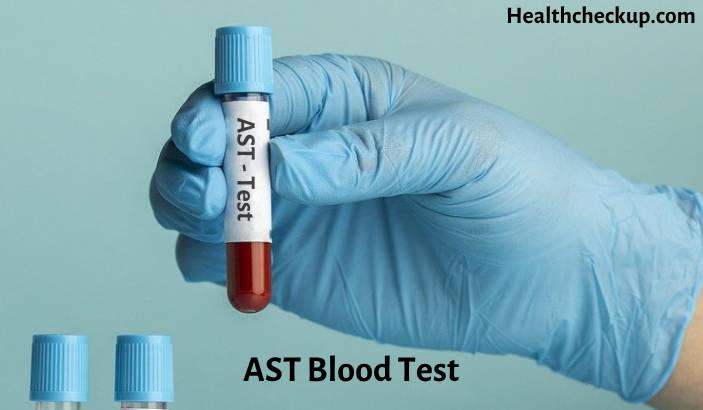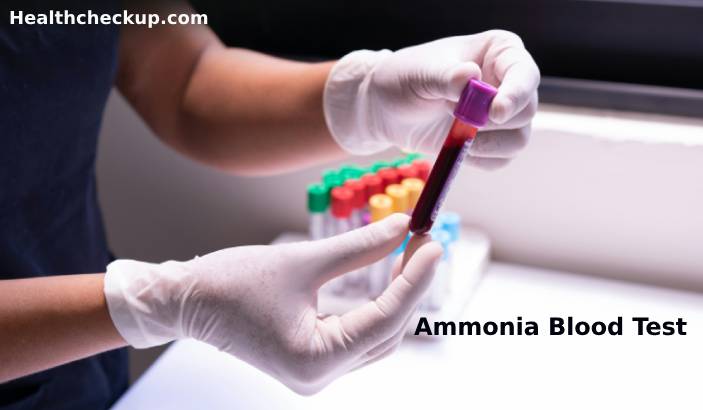Erythrocyte sedimentation rate can be identified as the rate at which red blood cells settle out when anticoagulated is allowed to stand. It is a non-specific indicator of ongoing inflammation and tissue damage. It is affected by the concentrations of immunoglobulins and acute phase proteins like fibrinogen, C-reactive protein, and haptoglobin, which become elevated in ongoing inflammation.
When discussing ESR it is important to know what happens if erythrocyte sedimentation rate is high. ESR test result reference range varies according to age and sex. For men who are <50 years <15mm/hour is considered as normal. For women, it is <20mm/hour. In newborns, the normal reference range is 0-2mm/hour and for children, it is 3-13mm/hour.
What Happens If Erythrocyte Sedimentation Rate Is High?
The result of the ESR test is the amount of plasma remaining at the top of the test tube after 1 hour. In normal blood sample placed in a tube, the red blood cells settle down slowly, leaving little clear plasma. But in the presence of acute phase proteins, red blood cells settle at a faster rate and make erythrocyte sedimentation rate elevated. What happens if you have high ESR is acute phase proteins attract and bind red blood cells together and make them sediment faster. If your ESR is high, it could be due to any of the following conditions.
- Infection
- Cancer
- Autoimmune disease
So, what happens if the erythrocyte sedimentation rate is high? The patient may start feeling non-specific symptoms like
- Headache
- Fever
- Weight Loss
- Joint Stiffness
- Rash
- Neck or Shoulder Pain
- Loss of Appetite and Fatiguability
Fever often occurs with infections but it can also occur in the presence of certain types of arthritis, cancer and drug reactions. The rash occurs with infections and autoimmune conditions. Lupus is one autoimmune condition that causes both a rash and an elevated ESR.
If your ESR is found to be high, further investigations will be done to exclude the following causes.
- High ESR may indicate infection due to the bacterial, viral or parasitic origin. It can be an infection in any system of the body including meningitis related to the central nervous system. Tuberculosis is an important bacterial infection which presents with high ESR.
- It is high in inflammatory type arthritis like rheumatoid arthritis, psoriatic arthritis, and systemic lupus erythematosus.
- If the patient is suffering from any type of vasculitis, ESR is expected to be high.
- Endocrine diseases like hyperthyroidism due to autoimmune causes also may raise the ESR.
- It may indicate malignancy like multiple myeloma in elderly patients and lymphoma. These types of patients will mostly complain of backache as a symptom with elevated ESR.
ESR >100mm/hour is considered as extremely high ESR and it can be caused by several medical conditions like Waldenstrom’s macroglobulinemia, temporal arteritis, and hypersensitivity vasculitis. Waldenstrom’s macroglobulinemia is a cancer of white blood cells. All the above mentioned diseases need confirmatory tests, even though the ESR is found to be elevated. Serum Protein Electrophoresis will be performed in order to confirm the diagnosis of multiple myeloma along with urine testing for Bence Jones proteins. Biopsy of the temporal artery is needed to make the diagnosis of temporal arteritis.
In cases where a non-medical cause or a pre-existing medical condition may be affecting the test result causing high ESR, a second ESR test will be ordered to help the correct diagnosis. Pregnancy and menstruation are two non-medical conditions which can alter the ESR results.
If ESR is high what happens is clinician may start antibiotics where there is a suspected infection. Nonsteroidal anti-inflammatory drugs like diclofenac sodium, celecoxib and naproxen may be started to reduce the inflammation. In the case of temporal arteritis, the patient will be started on steroids even before the artery is biopsied. Because any delay in treatment can make the patient permanently blind. Repeat ESR test is ordered by the clinicians to monitor the response to treatment. Especially in disease conditions like rheumatic fever and Kawasaki disease. Depending on the severity of the disease, your clinician will decide whether inward treatment is needed or out-patient care is sufficient enough.
As per the above-mentioned text, signs, and symptoms, causes, treatments and follow up are described as components which comes under what happens if erythrocyte sedimentation rate is high. Awareness about this will help in improving the patients’ health-seeking behavior and compliance with treatment.
Dr. Chauturi is an experienced writer specializing in English language and Medical Sciences, and degree holder in Medicine, Bachelor of Surgery at University of Sri Jayewardenepura currently awaiting her internship.








